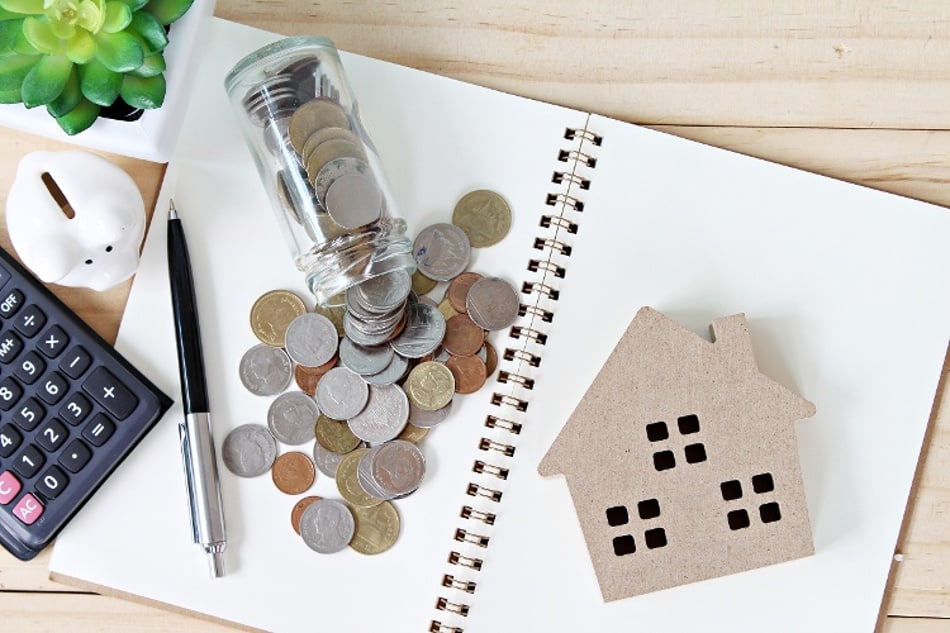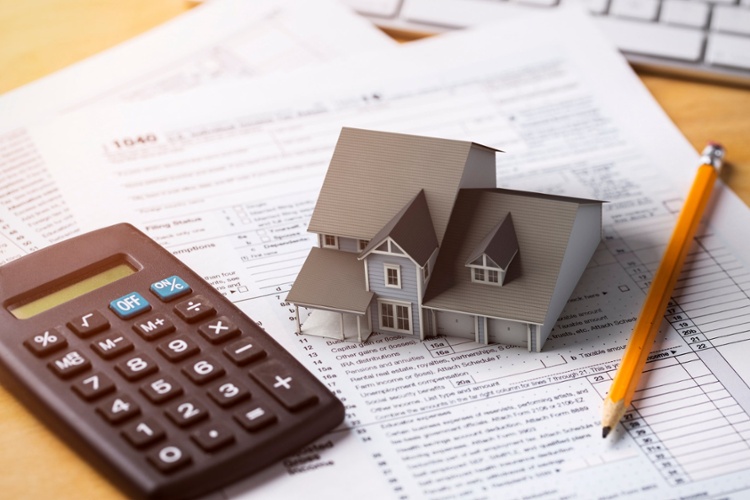Different methods are used to value a rental property compared to a primary residence because the income from rents needs to be factored in. That’s why one of the most challenging things about real estate investing is correctly valuing a rental property.
In this article, we’ll discuss 4 different methods to value a rental property, and explain how each valuation method works, to help make the best possible investment decision and avoid deals that don’t make financial sense.
Key takeaways
- Real estate investors typically value a rental property using several different methods, then compare the results.
- Methods to value a rental property include sales comparables, GRM, income approach, cost approach.
- Even if an investor isn’t ready to buy, practicing how to value a rental property today can make the process much easier when the time is right to invest.
4 ways to value a rental property
Real estate investors often value a rental property using several different approaches, then compare the results. Here are 4 of the most common valuation methods and tools used to value a rental property.
Gross rent multiplier approach
Gross rent multiplier (GRM) values a rental property based on the income generated compared to the property price. This valuation method can be a good tool to use when rents are quickly changing, as they are in many markets today.
The GRM formula is also quick and easy to use. Calculating GRM is easy because all an investor needs to know is the gross rent and property price, and easy because the only mathematical operation to perform is division:
- GRM = Property Price / Gross Annual Rental Income
For example, if a single-family rental home has an asking price of $150,000 and the gross annual rental income is $22,000, the GRM is X:
- $150,000 property price / $22,000 gross annual rental income = 6.82
As a rule of thumb, the lower a gross rent multiplier is the better a potential investment opportunity is, everything else being equal. That’s because a home with a low GRM is generating more gross rental income relative to the cost of the home.
However, GRM does not take into account operating expenses like property management, maintenance and repairs, and insurance and property taxes. That’s why GRM is used to value a rental property along with the income approach.
Income approach
One of the main reasons an investor purchases rental property is for the potential income generated. So, it may make good business sense to consider current and future income when valuing a rental property along with other valuation methods.
Also known as the income capitalization or cap rate approach, the income approach is most commonly used with commercial real estate. The first step in the process is to calculate the net operating income or NOI a rental property is generating by subtracting operating expenses from rental income.
Rental income includes all income a property is generating, including the regular monthly rent plus any extra income from things like appliances or pet rent. Operating expenses include costs such as property management and leasing, maintenance and repairs, property taxes and insurance, and HOA fees.
But remember, operating expenses do not include the mortgage payment principal and interest, capital expenses like replacing a roof, or depreciation (which is a non-cash expense).
To calculate the capitalization rate (cap rate), determine the NOI, then divide the NOI by the property value or purchase price:
- Cap Rate = NOI / Property Value
To illustrate how the income approach works, assume a home with a value of $150,000 generates a rental income of $22,000 per year. If operating expenses are $9,000 per year, the NOI is $13,000 and the cap rate is 8.7%:
- $13,000 NOI / $150,000 property value = 8.7% cap rate
To calculate a rental property’s value using the income approach, the cap rate formula is rearranged to solve for the property value.
For example, assume an investor determines that the market cap rate for single-family rental homes similar to the one being purchased is 8.0%. If a rental home generates a NOI of $13,000 the home would be worth $162,500:
- Cap Rate = NOI / Property Value
- Property Value = NOI / Cap Rate
- $13,000 NOI / 8.0% cap rate = $162,500 property value
If a home that has a current or projected NOI of $13,000 is valued at $162,500 and listed for sale at $150,000, the property may offer an instant equity of $12,500 for a real estate investor based on the income valuation approach.
Cost approach
Also known as the replacement cost approach, the cost approach values a rental property based on the cost to rebuild the exact same property from the ground up.
For example, assume that a single-family rental home has 1,400 square feet. If the home is relatively new, an investor may multiply the number of square feet by the median price to build an average house.
According to Realtor.com, the median price for constructing a single-family home is $115 per square foot. So, the home in this example, a 1,400 square foot home, would have a value of $161,000 based on the cost approach.
If a home is older, depreciation is factored in to determine value. For instance, assume the home in this example was built 5 years ago and the lot value is $10,000. The cost basis of the home for depreciation purposes would be $151,000 ($161,000 new home value - $10,000 lot value).
The depreciation expense over 5 years would be $27,455 ($151,000 cost basis / 27.5 year depreciation schedule) and the home would be worth $133,545 ($161,000 new home value - $27,455 depreciation).
Sales comparison approach
The sales comparables approach for valuing a rental property looks at recent sales of similar properties in the same area, then compares the comps to the subject property being sold. Also known as “comparables” or simply “comps,” the comparable sales approach typically follows these steps:
- Compile data on the subject property including type of home, square footage, number of bedrooms and bathrooms, construction date, lot size, and recent updating.
- Research estimated property values using tools like Zillow Zestimate.
- Search for recent sales of homes similar to the subject property, or ask a local real estate agent to run a sales comparables report off the MLS, which many agents may do for free to win a listing or earn a commission.
- Review and compare the comps to the subject property to determine a fair market value for the home. In addition to running their own comps, an investor may wish to hire a professional appraisal to receive a 3rd-party opinion of what a rental property is worth.

Tools that can help you value a rental property
Roofstock Cloudhouse Calculator
With the Roofstock Cloudhouse Calculator, an investor can estimate the rental potential and value of any single-family home in the U.S., even if the property has never been rented before.
Simply enter the property address and receive a forecast of potential return, including key financial metrics such as property value, net cash flow, cap rate, and cash-on-cash return.
Because every rental property and real estate investor is different, Cloudhouse reports can be personalized to adjust for assumptions such as gross rental income, operating expenses, and even financing. Exploring different valuation scenarios can help an investor to better understand the potential value of a rental property, even if it’s never been a rental.
Stessa Valuations
Real estate investors who sign up for a free Stessa account can use Stessa Valuations to run a current real-time valuation of a rental property using 3 different valuation methods:
- Zillow Zestimate pegs the current valuation of a property based on the address. Property value can be updated in real-time simply by clicking on the blue Zillow Zestimate button on the Property and Portfolio dashboards. Market value is based on Zillow’s best guess as to what a property might currently be worth.
- Gross Rent Multiplier values a rental property in Stessa based on the current market rent. In order to obtain the most accurate valuation, the property rent roll should be fully updated with all rent payments received from a tenant.
- Customized Valuations allows an investor to directly enter an estimated property valuation. This feature is useful for valuing a rental property in a market where housing prices are rapidly changing, and for investors who wish to run various “what if” scenarios to better understand if the time is right to buy, sell, or hold.
This recent blog post explains more about the different rental property valuations methods from Stessa.










